NAFDL & NASH
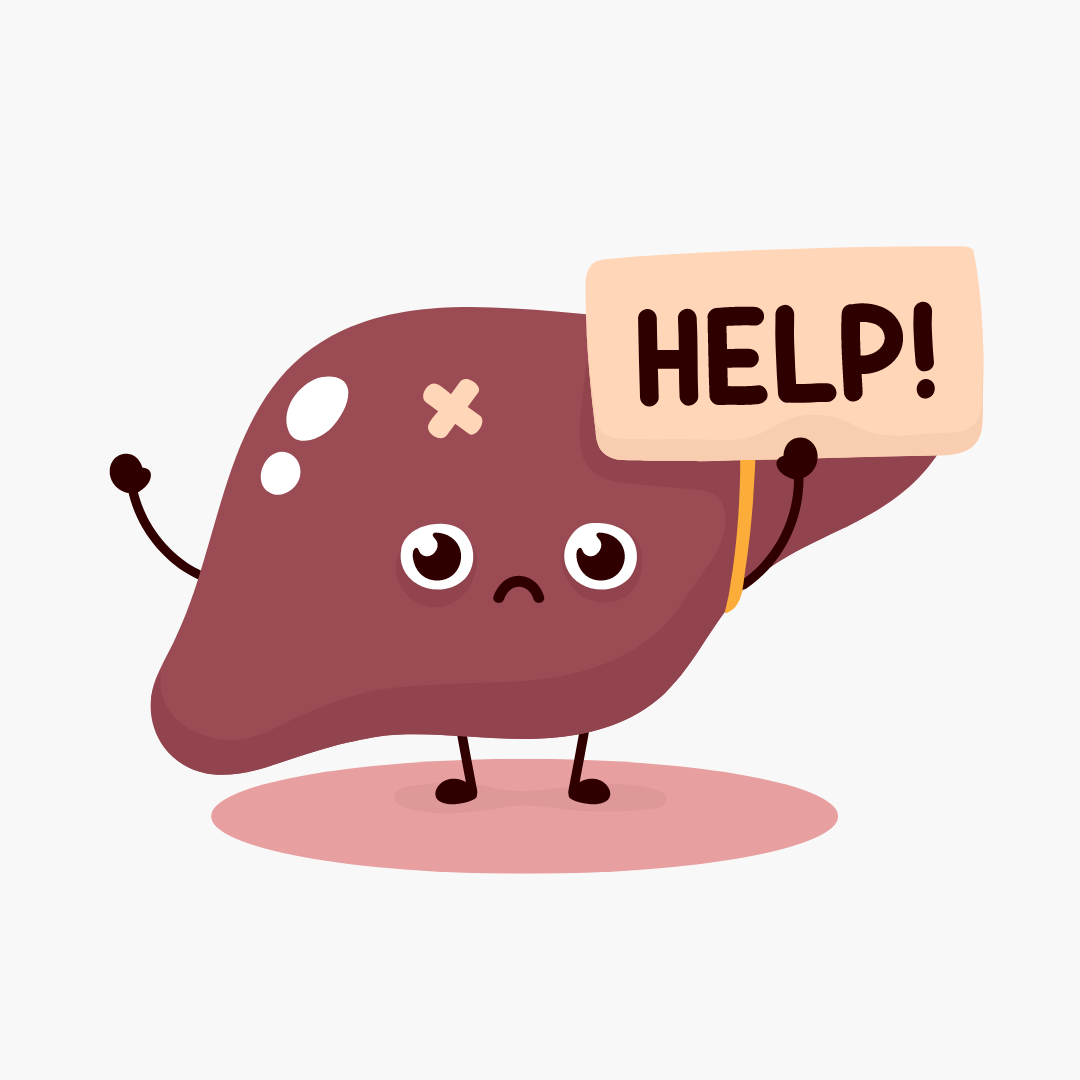
If you have never seen the acronyms in title of this article, you may think it has to do with the NFL and football or maybe a popular detective team. I hate to be the bearer of bad news but NAFLD isn’t nearly that fun, and is short for non-alcoholic fatty liver disease is a type of liver disease that is caused by factors other than alcohol use. When it advances, it becomes NASH or non-alcohol-related steatohepatitis. Although the cause is not understood, it often occurs with other metabolic disorders such as elevated cholesterol, obesity, and diabetes.
NAFLD occurs when the body begins to store fat in the liver. Your liver consists of 10% fat, so some fat is normal, but an excess can cause problems, which I will explain. Excess alcohol is a common reason for liver disease, but in this instance, alcohol is not the culprit.
The incidence of NAFLD worldwide was around 29% in 2000 and is now over 31% in 2022. Most patients don't develop symptoms and may never know that they have a fatty liver. However, 2 to 5% of patients will develop complications.
When excess fat leads to inflammation and cell damage, it is called steatohepatitis. The non-alcohol version is called non-alcohol-related steatohepatitis or NASH.
Who is affected by NAFLD? The answer is anyone, and it doesn't matter the age or ethnicity, but Hispanics seem to be most affected, where Black people are the least affected. Of people who are middle-aged, overweight, and have diabetes, 75% have NAFLD, and 90% of patients with severe obesity have this condition.
When a patient progresses to NASH, the fat in their liver creates inflammation and eventual damage. Like NAFDL, most people don't even know they have a problem; if left unchecked, it can lead to liver cirrhosis. When a patient reaches the stage of cirrhosis, the liver is permanently damaged and scarred and no longer works properly.
If a patient doesn't know they have liver disease, how is it diagnosed? Elevations in liver enzymes such as ALT and AST can be the first indication. When further evaluation shows no apparent reason for liver disease (such as medications, alcohol, or viral infections) and when imaging shows fat, NASH is suspected.
A liver biopsy is the only natural way to prove the diagnosis of NASH. Examining the tissue will allow for differentiation between a fatty liver and one with inflammation and damage. The biopsy is the only way to determine if scarring has occurred. No blood test or scans can provide this information.
n the first stages of NASH, patients have few or no symptoms. When the disease begins to advance, symptoms such as fatigue, weight loss, and weakness begin to occur and progress further as cirrhosis develops. The disease process may take years or decades to progress, and, in some instances, it can resolve independently. The disease can progress to fibrosis and eventually to cirrhosis with little or no help to stop the disease at this stage. A liver transplant is the only option in advanced cirrhosis and liver failure.
Treatment recommendations for someone with NASH include:
• Follow a balanced and healthy diet
• Reduce weight if obese or overweight
· Increase physical activity
• Avoid alcohol
• Avoid any unnecessary medications
Treatment options are limited, and research is evolving with one area focusing on the gut-liver connection, with the gut microbiome emerging as a target in combating the disease.
A recent study looked at the link between gut dysbiosis (bacteria that is not in balance) leading to a series of problems, including the overgrowth of detrimental bacteria, an increase in leaky gut, bacterial translocation or SIBO, and the flow of metabolites to the liver. These factors play a critical role in NAFLD onset and progression. Probiotics can improve dysbiosis and each of these gut issues and hopefully affects the disease's development and progression.
Supplements that are "liver" friendly or support the liver, allowing it to function optimally and protecting the hepatic parenchyma with antioxidants. Formulations that neutralize toxins and poisons from food, water, air, and medications can help protect one of the body's most essential organs.
Studies have shown that N-acetyl-L-cysteine (NAC) can improve liver function in NAFLD. One study compared an NAC group to a control group and measured liver enzymes. "Within the NAC group, liver enzymes were normalized in patients with significantly high start values. No significant decrease in enzyme levels was observed in the control group." Doses ranged from 1200 to 3600mg of NAC daily.
Vitamin D, as a modulator of liver homeostasis, is a nutrient that should be part of our foundational nutrition regimens. Epidemiological studies point towards an association between low vitamin D status and the presence of NAFLD and NASH. Vitamin D modulates inflammation and fibrogenesis and improves hepatic response to insulin, lowering blood glucose levels.
A study from the Journal of Clinical Endocrinology and Metabolism stated, "Insulin resistance may contribute to the development of fatty liver by impairing the ability of insulin to suppress lipolysis, leading to increased delivery of free fatty acids to the liver."
NAFLD and NASH are wake-up calls for patients to work on achieving optimal weight. It is hard to believe that over 30% of the population has NAFDL and is silently progressing to conditions that can't be reversed. I don't think any of us want to wake up one day to find out we have a severe liver condition. The idea of eating right, exercising, and taking targeted dietary supplements holds true for NAFLD, as with many other disease states, so act now to ensure your future health.
My staff and I look forward to helping you with a liver-friendly protocol. If you have questions or are interested in setting up a consultation, feel free to call the pharmacy at 701-483-4858. Please visit my website at www.irsfeldpharmacy.com to view this and other health-related articles in the blog section.
Until next time, be vigilant about your health!!
VISIT US
HOURS
HOURS
CONTACT US
Fax #: (701) 483-4926

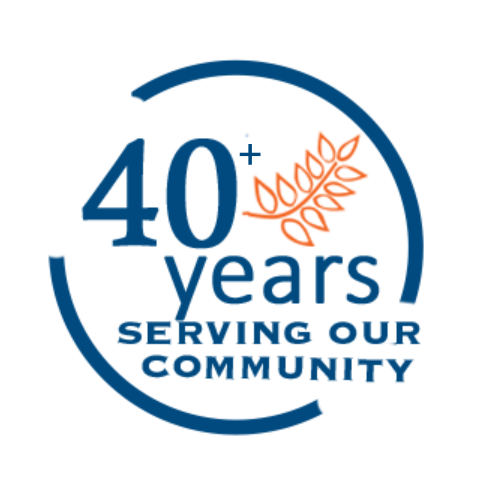
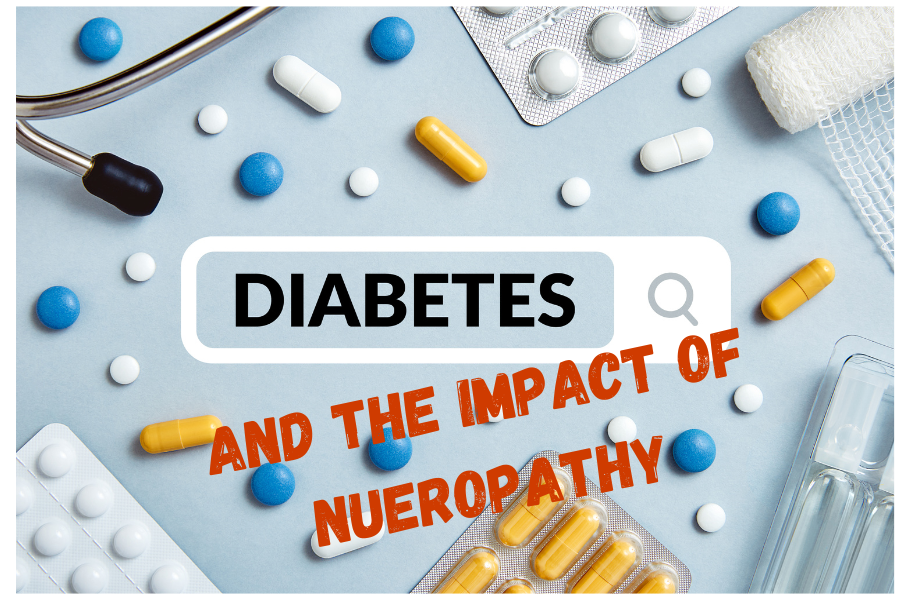

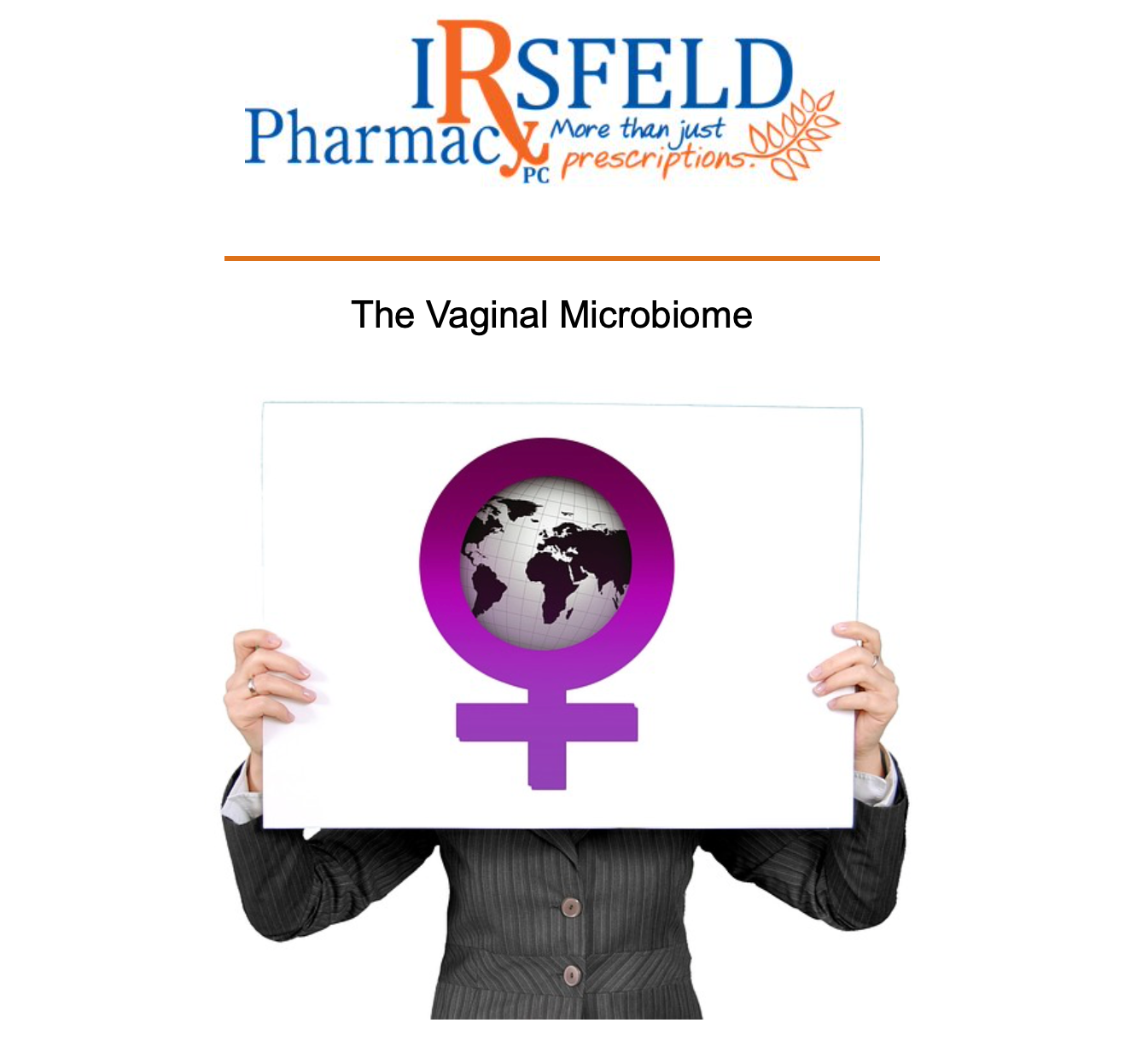
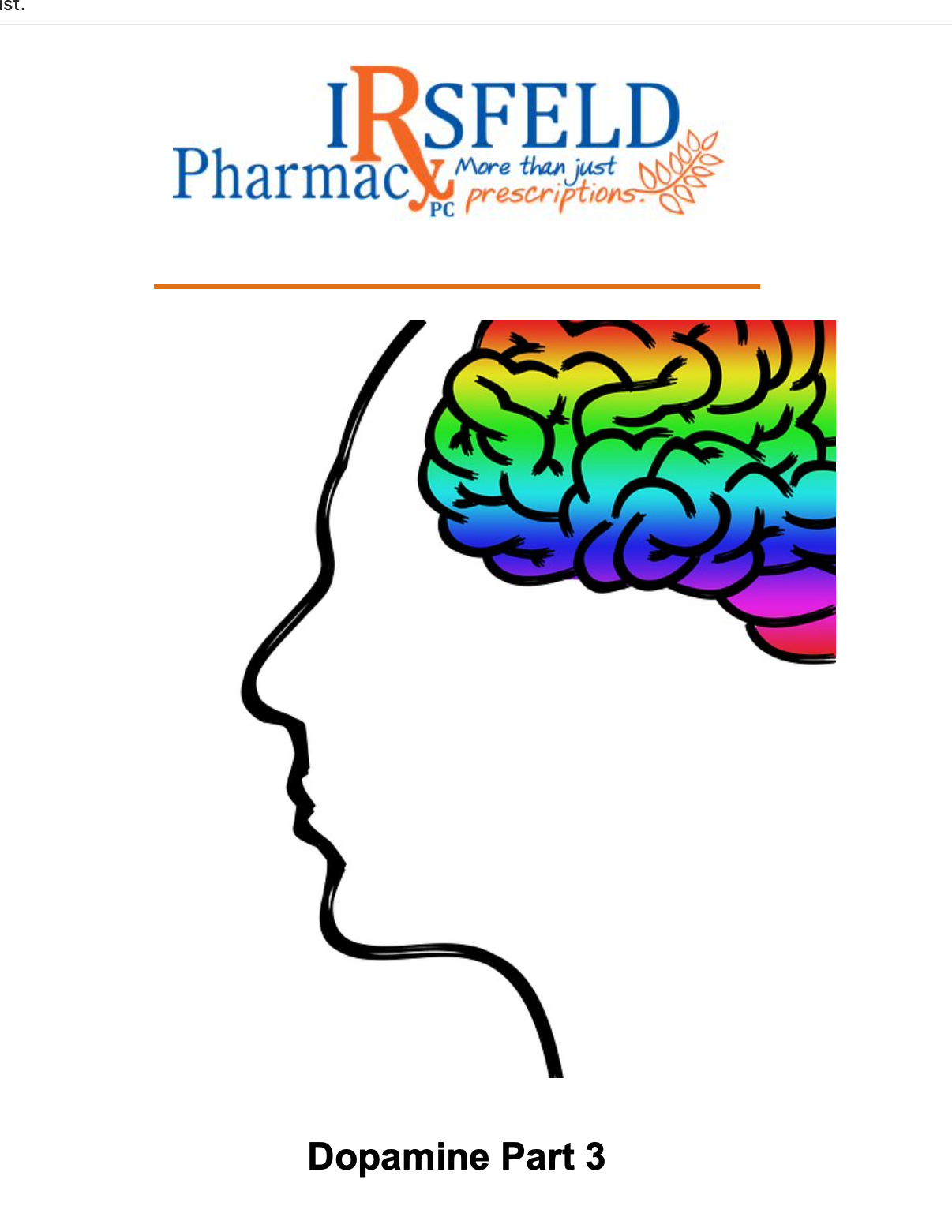

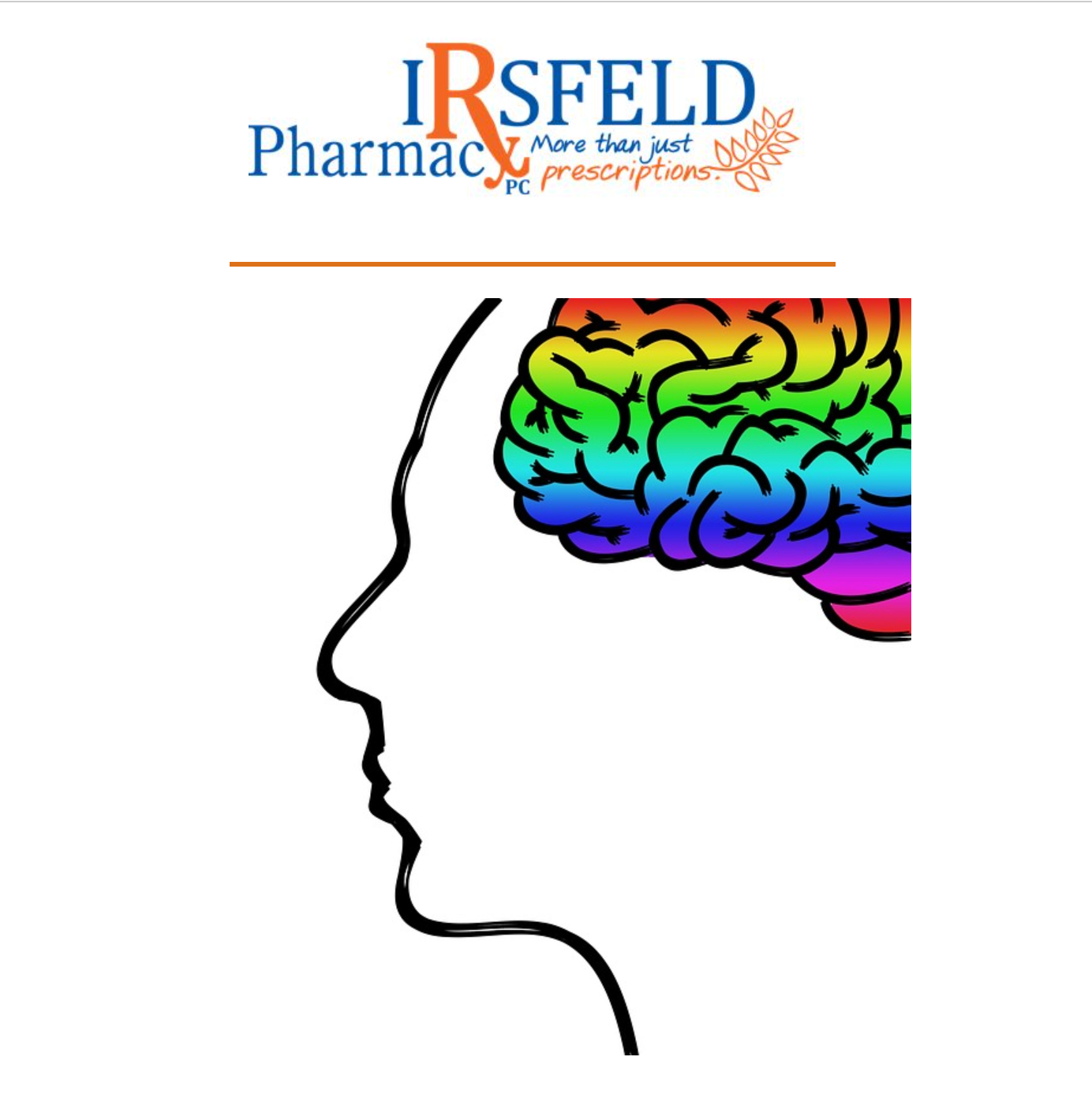
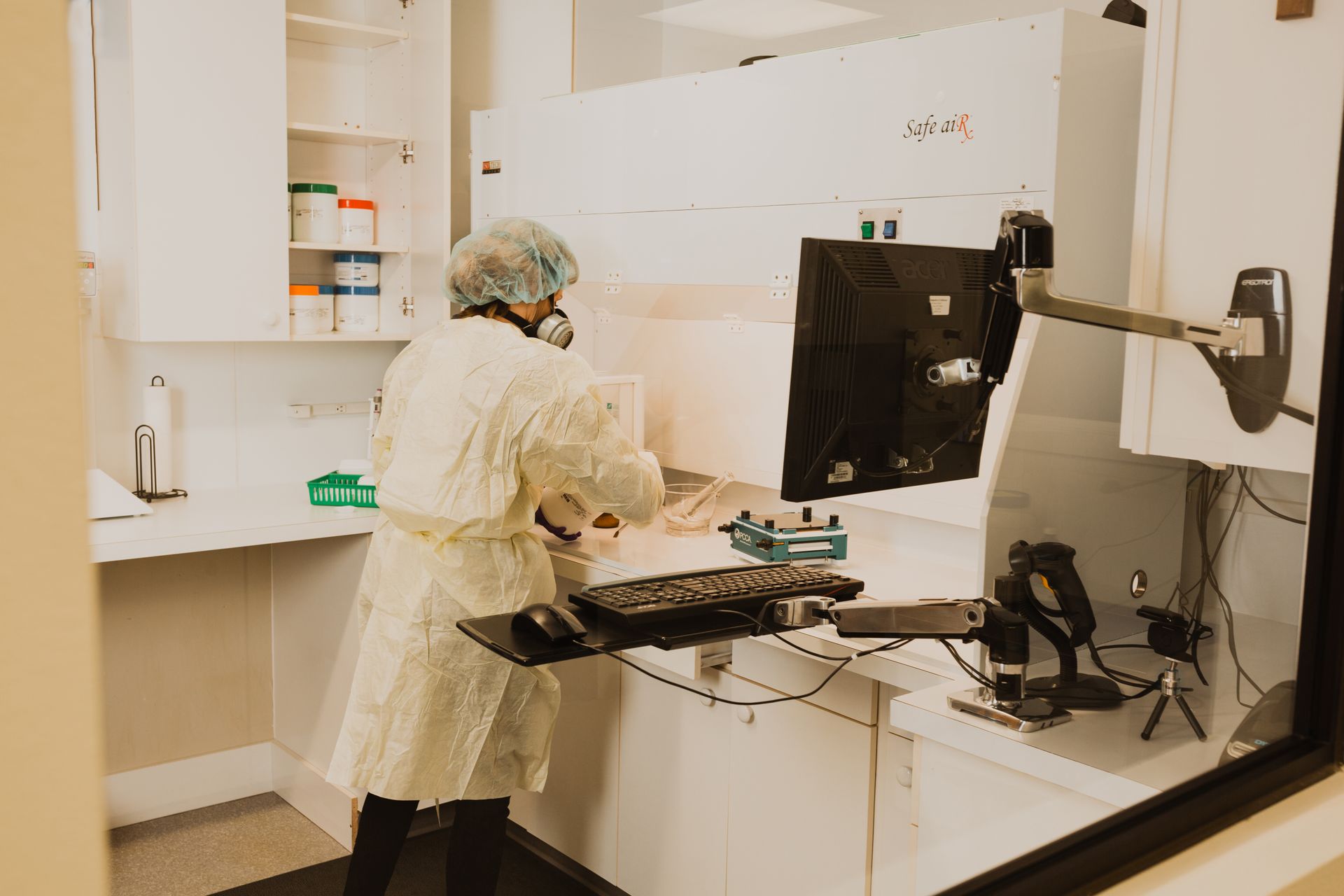


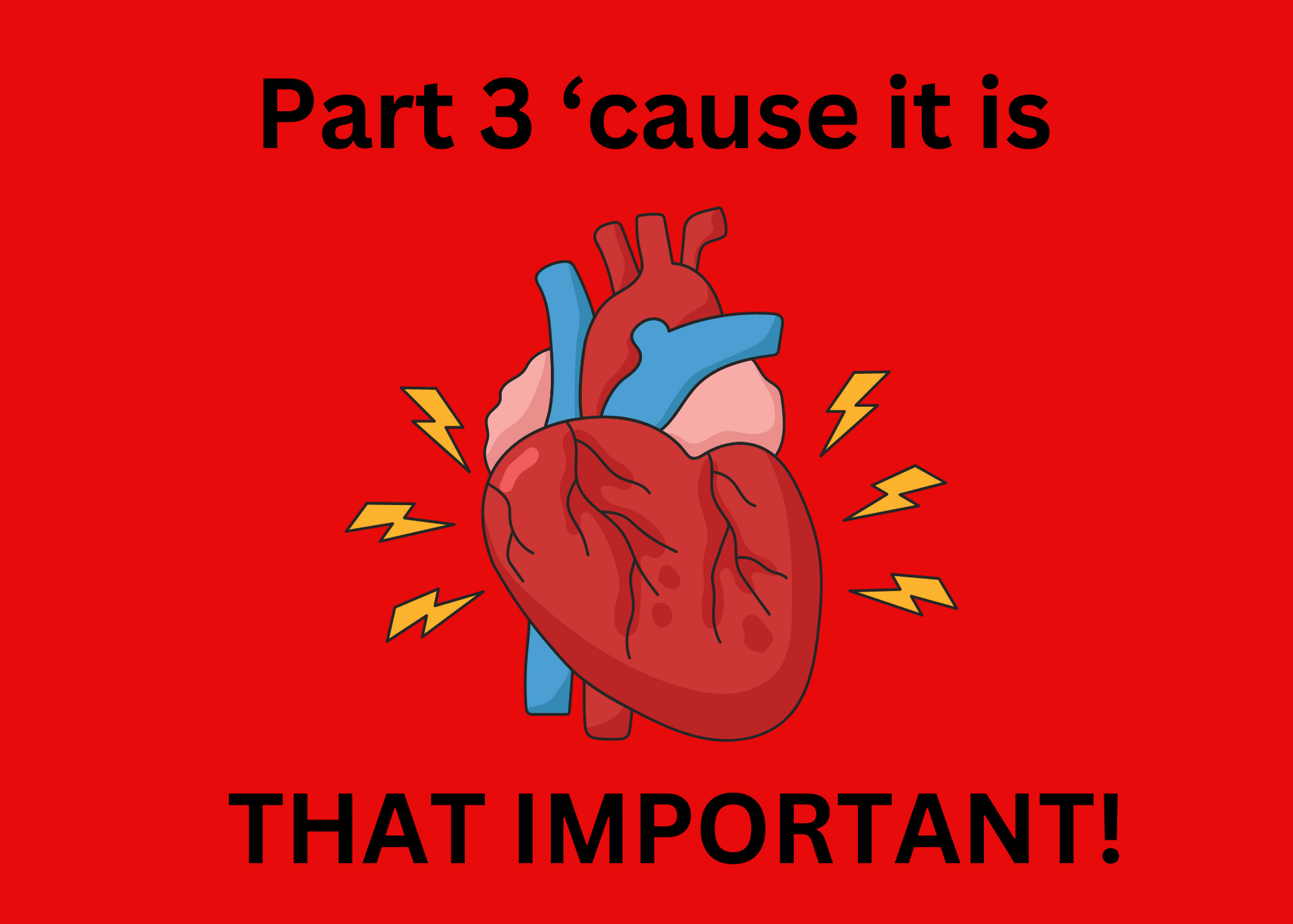
Share On: